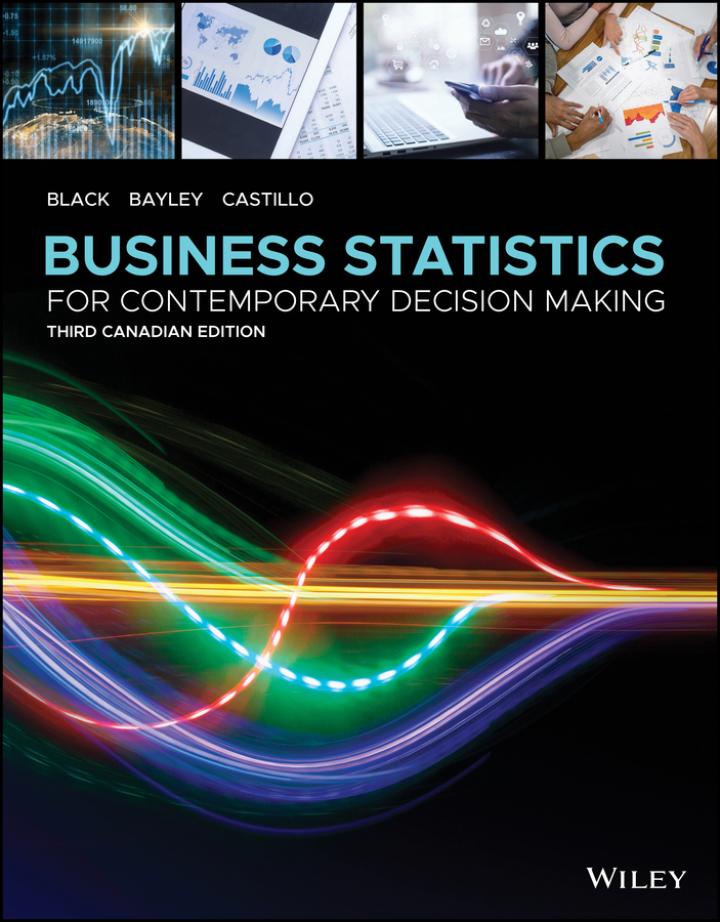The Bluewater Recycling Association is a non-profit organization owned by several municipalities in southwestern Ontario that provides
Question:
The Bluewater Recycling Association is a non-profit organization owned by several municipalities in southwestern Ontario that provides waste collection and recycling services to residents. Recycling is a very important part of Bluewater’s business, and a few years ago the organization implemented a new recycling system. This new system was first used in the town of St. Marys, Ontario, using new larger bins and special trucks to collect the recyclable items. This new system proved to be very popular with the residents of St. Marys, as evidenced by the fact that they were putting out 27% more recyclable items than in the previous year. The new bins are very different from the previous blue bins that the residents used. They are larger and have wheels on them, which makes them easier to move. As well, they are more convenient because all the items are placed into one bin, meaning residents do not need to sort their items. The new trucks pick up the bins from the curb every other week. These trucks are also much more efficient because they can service up to 180 bins per hour, as compared with the old trucks, which were only able to pick up 80 bins per hour. The Bluewater Recycling Association is very pleased with the success of the new recycling system. It has improved on the time needed to collect the recyclable items, as well as on the amount of material that is actually collected. Two months after the new system was implemented, Bluewater’s collection of recyclable items had significantly increased and approximately 94% of St. Marys households were using the new bins.
Discussion
1. According to Statistics Canada, approximately 29% of all St. Marys residents are in the 45–64 age range. Suppose that 97% of the people who used the new bins, once they were introduced for the first time during the initial two-month period, were in the 45–64 age category. Use this information to determine whether age is independent of the initial use of the bins during the introductory two-month time period. Explain your answer.
2. Using the probabilities given in Question 1, calculate the probability that a randomly selected resident of St. Marys is either in the 45–64 age category or used the new bin during the initial two-month period. What is the probability that a randomly selected person was in the 45–64 age category given that he or she used the new bin in the introductory two-month period?
3. Suppose 46% of all residents who recycle in St. Marys became aware of the new bins through advertising. Of those who heard the news, 62% used the bins at least once within the first two months of their introduction. Of those who did not hear about the new bins through advertising, 29% used the new bins at least once within the first two months of its introduction. Suppose a bin user is randomly selected and it is learned that he or she used the new Bluewater Recycling bin within the first two months of its introduction. Revise the probability that this person heard about the new bins through advertising and the probability that the person did not hear about the new bins through advertising. Comment on the effectiveness of the advertising campaign for the new recycling system
Step by Step Answer:

Business Statistics For Contemporary Decision Making
ISBN: 9781119577621
3rd Canadian Edition
Authors: Ken Black, Ignacio Castillo





